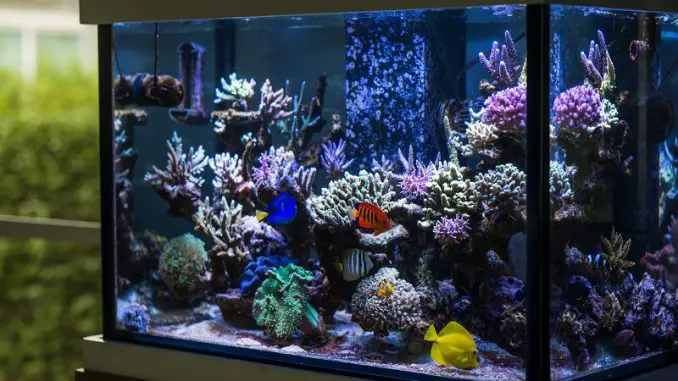
The fishkeeping is a very fascinating hobby that is guaranteed to put a smile on anyone’s face. Unfortunately, setting up your first tank isn’t as easy as it seems. There are multiple things that you have to keep in mind to make sure that your fish stay healthy.
Most fishkeeping enthusiasts know that in order for a tank to flourish you need to keep basic things, like temperature, aeration, and feeding, in check. But many hobbyists, regardless of experience, still manage to ignore some of the basic very basic principles of maintenance.
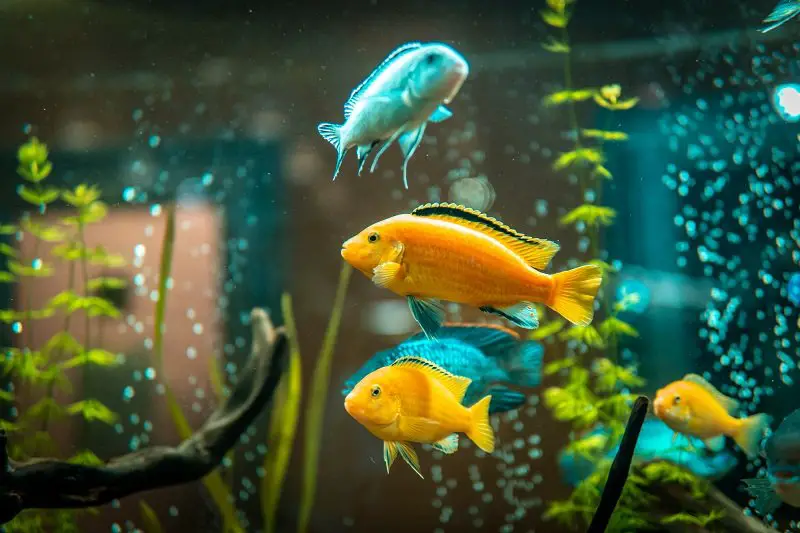
For example, few people know that after purchasing your first tank fish can’t be let in right away. The aquarium environment is a lot more complicated than it looks like and in this article, we will be looking at a common issue that many beginners face – ‘new tank syndrome’.
It doesn’t matter if you have plenty of experience or just starting out, handy knowledge never harmed anyone. So keep on reading to learn all you need to know to combat the ‘new tank syndrome’ in your aquarium!
The ‘New Tank Syndrome’
The importance of different chemical cycles is known to any aquarium lover, but a lot fewer people know what’s actually behind all of them. You certainly heard terms like nitrogen, oxygen or nutrient cycles tossed around. But what do those actually mean?
Well, the aquatic environment differs from the environment humans are used to, breathing and moving underwater is a difficult task. Because of this, fish and other aquatic animals rely on a different set of processes for survival than animals on land. They are forced to maintain a balance between nutrient uptake and natural waste removal. One of the most important nutrients for fish is nitrogen, which plays an important role in waste removal.
The aquarium represents a small part of the natural habitat, and just like in the real world it is controlled by a range of microscopic organisms. These tiny bacteria in the water are responsible for driving the majority of chemical processes in the tank. The nitrogen is no exception – it is controlled by special bacterial colonies.
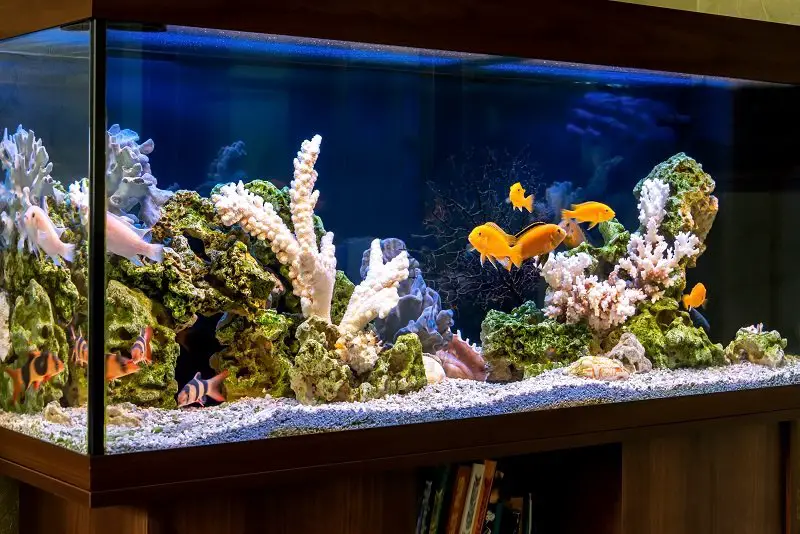
Where does the problem lie then? It takes time for any nutrient cycle to start working properly because beneficial bacteria take time to grow. Now if in the natural habitat all of this is already well-established, in the newly purchased aquarium there is none of that.
This lack of proper cycling, and the associated growth of harmful compounds, is what aquarists like to refer to as the ‘new tank syndrome’. But this term isn’t exactly correct. The disruption in nitrogen or any other cycle might as well happen in an old tank.
Effect on fish
These peaking concentrations of harmful chemical compounds in the water can negatively affect the fish, plants and other animals in the tank. But to understand what exactly is so damaging we need to shortly go through the steps in the nitrogen cycle.
The fish and other inhabitants of your tank naturally produce organic waste, which is known as ammonia. It is the result of feeding, respiration and other biological processes. The ammonia inevitably ends up in the surrounding environment where it starts interacting with other components.
Then already existing beneficial bacteria in the water become stimulated by the growing availability of the ammonia and transform it into less harmful compounds, which are known as nitrites. After this, another set of bacteria comes into play and further transforms the chemicals into relatively harmless nitrates.
Those nitrates are the end product of this cycle, serving as a wonderful fertilizer for your aquarium plants and presenting no harm to fish. They can also be taken up as food by some small crustaceans or other animals.
So, keeping all of the above in mind, it’s pretty easy to see where things could go wrong. If these bacteria don’t function properly, the ammonia isn’t processed as quickly, and the cycle is broken. The excess ammonia in the water is toxic for fish because they can’t process it.
But by now you might have a question: how do you know if there are dangerous levels of ammonia in your tank? This could be done using a testing kit to sample water and its composition, including ammonia concentration.
Usually though, when the levels become toxic for fish, it’s pretty easy to tell just by looking at the tank. The water, in that case, becomes very murky and gains an unpleasant brownish shade. This is a good sign that you need to start acting up if you don’t want your fish to get sick.
Another clue that ammonia levels have reached dangerous levels are disturbed swimming behavior of your fish. The ammonia cannot be taken up or processed by the gills and as a result fish ‘burn’ their lungs. You can spot this by damaged areas on their gill openings and irritation around them.

The nitrites we’ve talked about earlier also present a challenge for the well-being of your fish. They add unwanted compounds to the blood, which makes taking up oxygen for fish a lot harder. And the lack of oxygen will have other harmful knock-on effects on your animals.
How to prevent it?
Before we go on and tell you how to deal with the aftermath of a ‘new tank syndrome’, let’s look into how you might prevent it from happening in the first place. Remember that the best treatment is always being proactive.
As the cause of the ‘new tank syndrome’ is known, potential preventive methods include installing a biological filter, using a substrate with filtration or specialized chemicals.
The biological filter is capable, in addition to ordinary mechanical filtration, of removing the waste via natural, bioactive materials. As a positive side effect, they can promote the growth of beneficial nitrogenous bacteria to help normalize cycling.
There are many different substrate types available on the market, and just like the biological filter, there are substrates that can do the same thing. These usually contain capsules that promote the growth of useful microorganisms and help get rid of waste.
The specialized chemicals that help stabilize the cycling in the tank are a relatively recent solution. They contain accurately measured concentrations of nutrients and can be bought in almost any pet store or online.
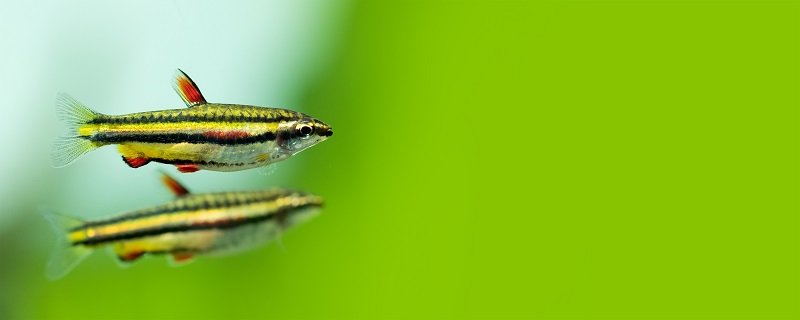
All of the methods listed above combined help substitute the natural cycling while nitrogen bacteria grow and develop but are more suitable for use in an already well-established system to prevent further complications.
The things in a newly bought tank are a little bit different.
With no waste in the environment, the growth of nitrogen processing organisms is limited. And as it takes some time for them to start growing, which means that there’s nothing to process all the waste if you let fish in right away.
For that reason, many aquarists like to refer to specialized chemicals that promote bacterial growth or aid the filters. When using those you need to be confident that you buy something that actually works. So if you have a trusted option that works, feel free to use it.
When setting up a new tank it is highly recommended that you use a water conditioner – it helps normalize oxygen levels in the tank and kick-start the bacterial growth. Once the conditioner is added, turn on your filter and let it mix the water.
The key to preventing ‘new tank syndrome’ effects is time. It is very important to allow enough time before letting your fish in. Some fish are sturdier than others but it’s better not to risk.
If you want to be sure that the water is completely safe for your fish, then get a test kit and sample the water from time to time.
Depending on the volume of your aquarium, the growth of beneficial bacteria may take between a few days to a couple of weeks.
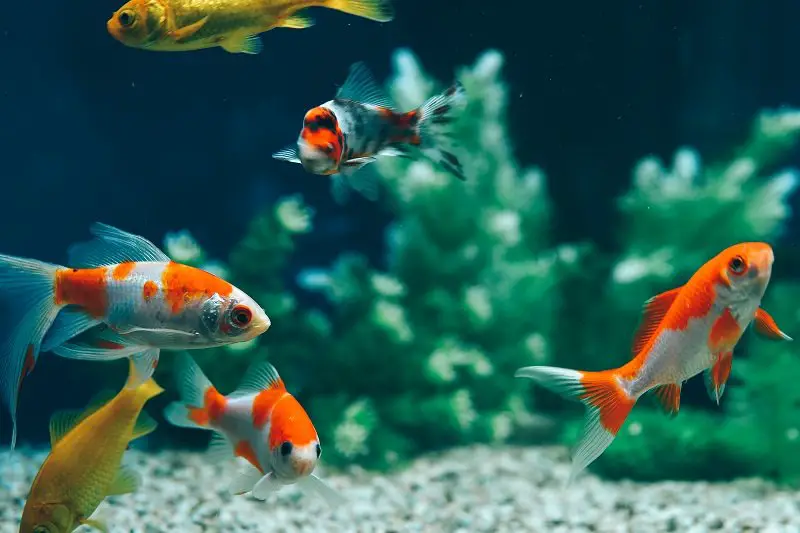
Once all water parameters in the tank seem normal, you can let the fish inside. However, make sure that you keep an eye on how toxin levels change using the test kit. If the ammonia level starts rising and reaches undesired concentrations, partially renew the water.
When the growth of beneficial bacteria stabilizes, the levels of ammonia and other harmful compounds will start to decrease. After that, cycling should stay stable unless you’ll add more fish.
In this case there might not be enough bacteria to deal with all the water, but that rarely happens. If you are adding 5 or more fish at a time to an already established aquarium, consider testing the water to check that all cycles well.
Summary
Being involved in fishkeeping is a wonderful way to spend your time and a very rewarding one! Seeing beautiful fish swimming around in the tank will bring joy to yourself, your friends and your family. But to make this joy last you need to know how to handle the tank.
The ‘new tank syndrome’ is a well-known issue that aquarists regardless of previous experience come across. Nowadays dealing with it has become a lot easier, so if that bothered you before don’t panic. With many novel solutions, even beginners will have no problems.
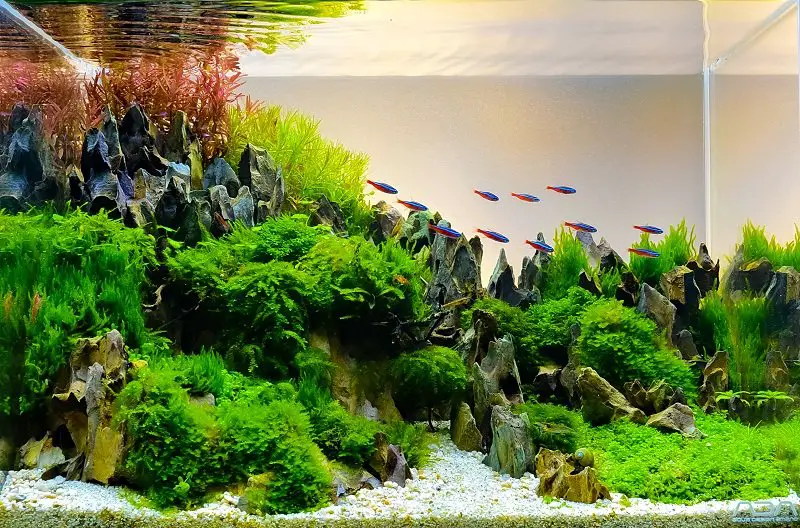
Don’t forget to allow enough time before letting your fish into the tank and use the appropriate chemicals. To avoid any problems with cycling in your tank also don’t forget to use the required equipment.
Have you ever dealt with the ‘new tank syndrome’? What was the biggest challenge for you? Let us know in the comments section below…

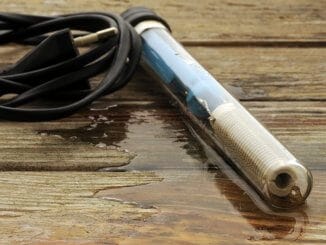
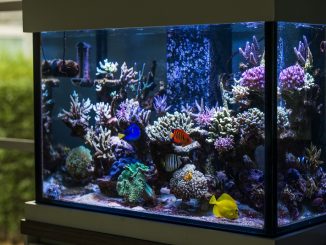
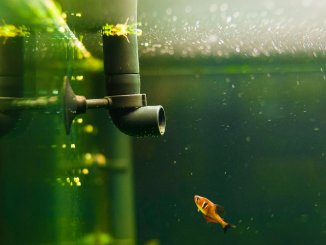
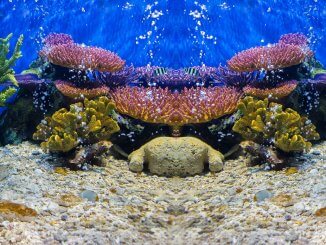
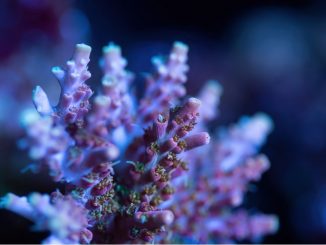

please help have res in big enuf tank. raised him from hatchling , 13 years now no prob but has always lived in acrilic tank. switched canister filters penn plax to aqueon and began an algea bloom in cudnt rid. got a submersible filter to try something new? but new tank syndrom its 2022 i need help